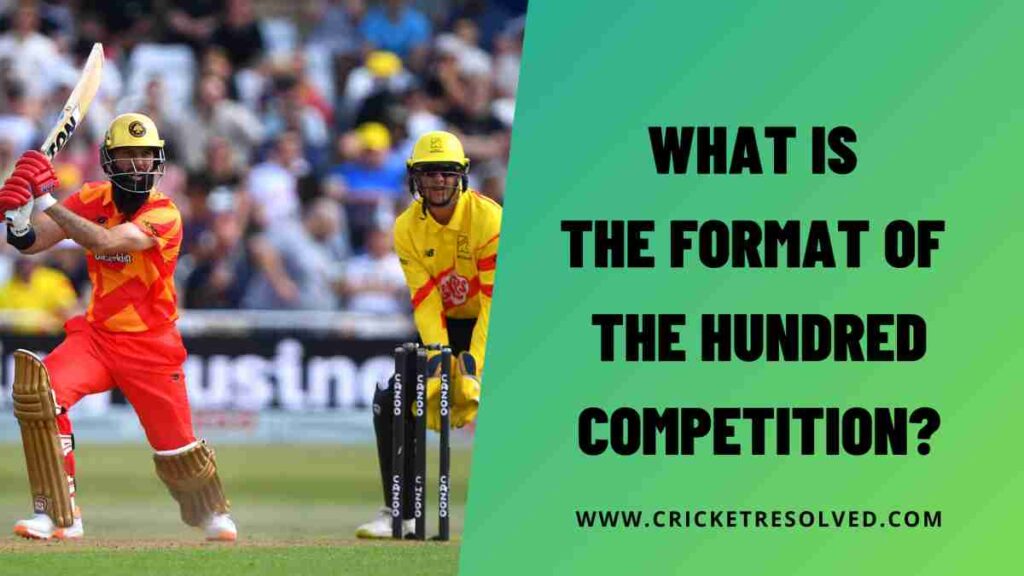One of the most exciting aspects of cricket is bowling, especially fast bowling. Though it is a tedious and difficult job in cricket to be a fast bowler, it is certainly a sight to behold for those watching to see a pacer charging in his run-up to deliver the ball at full throttle.
We all know cricket is supposed to be a batter’s game, and a battle between an express pacer and a batter is something everyone wants to see. This battle between the bat and ball adds a different type of excitement and thrill to the game, making it an unavoidable watch for viewers and neutrals alike.
So enough said about the fast bowlers who give all their efforts to send a batsman back to the pavilion by trying to bowl at his/her full speed, but have you ever wondered how the bowling speed is calculated in the game of cricket?
How is the Bowling Speed Calculated?
The fastest-ever ball recorded in international cricket was bowled by Pakistan’s Shoaib Akhter, who hit a stunning speed of 161.3 Km/h in the ICC World Cup 2003 game against England. And this is yet to be breached by any bowler in the last 20 years or more.
Also Read: ICC Cricket World Cup 2023: Schedule, Venues, and Key Matches
So how is the bowling speed, or the bowlers’ speed, calculated in cricket?
The answer is quite simple. The speed of the bowler delivering the ball can be calculated with the help of two devices – one is by measuring the velocity of the ball through radar or speed guns, while the other is the HawkEye.
Speed Gun
First, let us see how the ball’s speed is measured by the Speed Gun.
History states that this was discovered way back in 1947 by a certain John Baker. And its principle is similar to that of the Doppler effect, where there will be a transmitter and receiver.
When it comes to the cricket field, the speed gun will be placed on a high pillar near the sight screen that is right behind the bowler’s arm. From there, the speed gun sends a radio wave in the direction of the pitch, and while the ball is being bowled, it will easily track the speed of the ball.
Also Read: What is a Sight Screen in Cricket? – Purpose & Size
Radar Gun
Similarly, the Radar Gun also works on a similar principle. But this one has the ability to differentiate the different objects in the pitch from those of the ball thanks to the image processing mechanism and just gives the speed of the ball alone. The game of cricket uses this technology to track the speed of the ball delivered by the bowler.
These technologies have proved to be very successful in cricket, as the Speed Gun has always calculated and given the correct speed of the moving ball that is being delivered by the bowler. As soon as the ball is released from the bowler’s hand, the speed is recorded immediately by the Speed Gun. The first major use of a speed gun to measure bowling speed happened in 1999.
HawkEye
The next technology that is widely used in cricket to track the speed of the ball is the HawkEye. Paul Hawkins is the inventor of this computer system that is used in a variety of sports, including football and cricket.
It is a method used to track the speed of a moving object, and more specifically, the speed of the ball coming out of the bowler’s hands. Used in cricket since 2001, HawkEye makes use of six cameras to capture the accurate speed and direction of the moving ball in 3D format.
Additional features of this technology include ball tracking, which enables the umpires to make decisions related to the leg before wickets (LBW). One should also keep in mind that HawkEye can be accurate only within 5 mm of its radius.
Read Next: 7 Interesting Devices Used by Cricket Umpires









One Comment